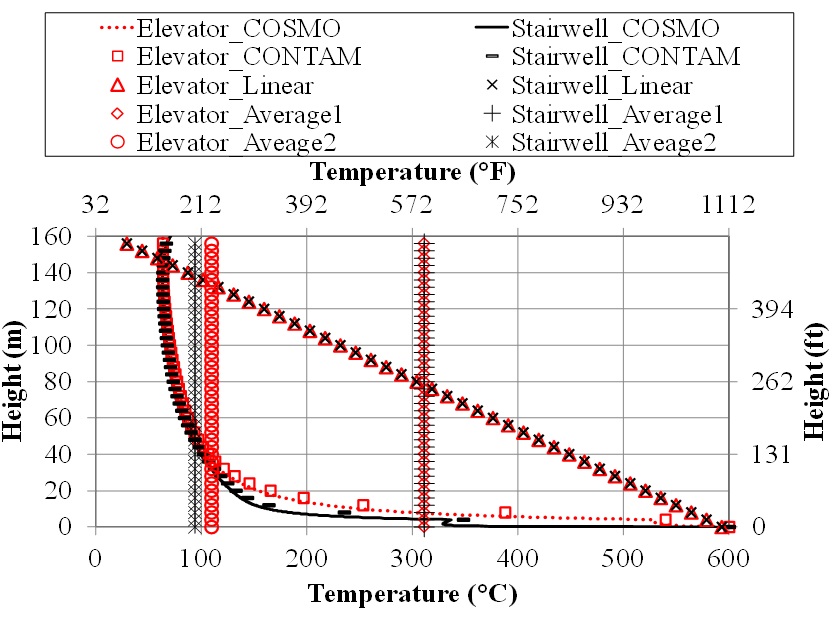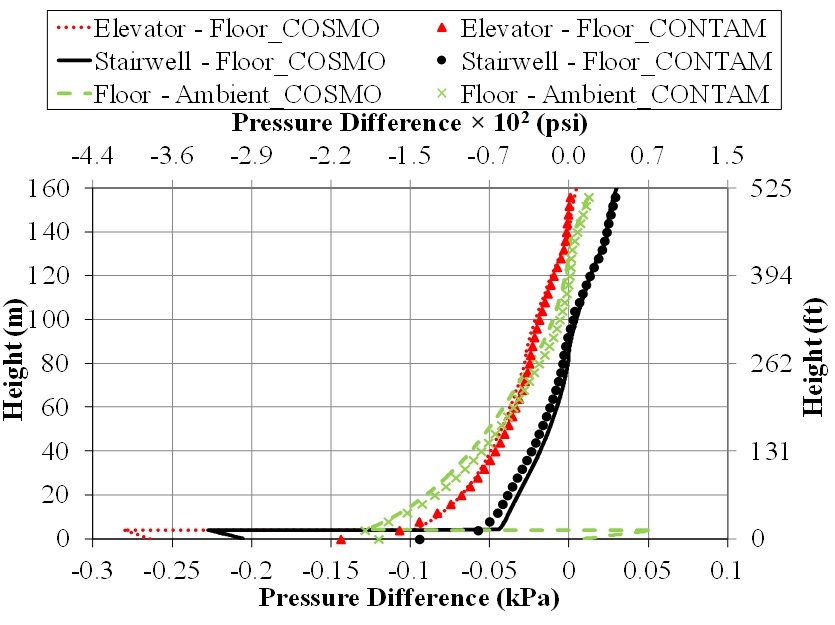- 1. Building Airflow and Thermal Management
- CityFFD - City Fast Fluid Dynamics
- CityBEM - City Building Energy Model and Whole-building energy analysis
- Built Environment Scaling and Similarity with 3D Printing Applications
- Natural Ventilation Potential Map
- Forecasting Built Environment by Numerical Weather Prediction Models
- Smart Air Curtains
- Sub-Scale Model Experiment and Dimensionless Design
- Modular Growing Bed Ventilation System Design With SLA(Stereolithography Apparatus) 3D Printing Technology
- 2. Building Fire Protection and Smoke Management
- Forecasting Fire Smoke Safety
- High-rise Fire Smoke Management
- Modeling and Sub-scale Experiments
- People
Modeling and Sub-scale Experiments of Building Fire Smoke Management
Student: Guanchao (Jeremy) Zhao, PhD Candidate
Sponsor: Natural Science and Engineering Research Council of Canada (NSERC) Discovery Grants; Concordia OVPPGS SEED Individual Funding Program
- Wang, L. and Guanchao Zhao. 2013. Numerical study on smoke movement driven by pure helium in atria. Fire Safety Journal 61(0): 45-53. (IF: 1.22)
- Wang, L., W. Z. Black and Guanchao Zhao. 2013. Comparison of simulation programs for airflow and smoke movement during high-rise fires. ASHRAE Transactions (Technical Paper), Vol. 119, Part 2, DE-13-014, Pages 12.
Motivation:
- A high-rise building is defined as a building with the height more than 23 m (roughly 7 stories)
- Fires in high-rise buildings are often disastrous and cause huge amount of losses.
- Driven by stack effect, fire smoke may spread to the higher levels easily via the vertical shafts, e.g. stairs, elevators, light wells, ventilation ducts.
- It was reported that smoke spread through shafts accounts for about 95% or more of the upward movement of smoke in high-rise buildings
Research Highlights:
1. A new method of using pure helium as a surrogate of fire smoke
- The helium smoke test provides an alternative to the hot smoke test, which is often of safety concerns because it uses actual fires in the commissioning test of a smoke control system.
- The new method spawns of a few safe applications of using helium to simulate flammable and/or poisonous gases for lab and field tests.
2. A new numerical model for high-rise smoke controls - COSMO (collaborated with Dr. William Black at Georgia Tech, US)
- A computer model, COSMO (COntrol of SMOke in high-rise buildings), is also being collaboratively developed with Dr. William Black at Georgia Tech.
- The foundation of COSMO is based on a formulation of the three conservation equations; conservation of mass, energy and momentum.
- We compared CONTAM (developed by the US NIST) and COSMO.
- Overall, there is a reasonable comparison between the two computer predictions; however, large errors can result if the models employ unrealistic temperature distributions throughout the building structure.

